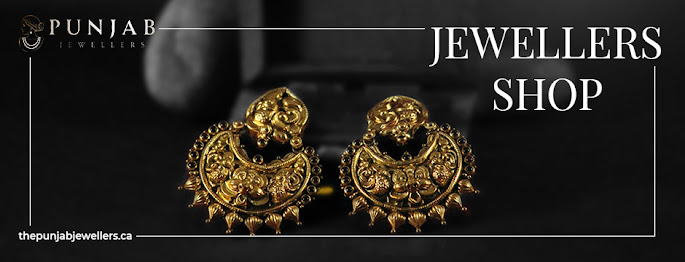Tip To Clean Silver Ornaments by Jewellers Shop
While it is simple to remove silver tarnish, doing it incorrectly or with the wrong materials might result in more tarnish or, worse, harm to your jewellery.
Fortunately, understanding how to clean silver jewellery is
easier than you think, and just a few equipment and procedures are required, as
stated by jewellers shop. Once
you've mastered the technique, cleaning your favorite silver items will become
second nature, and you won't be surprised when you open your jewellery box to
see a tarnished necklace.
Continue reading to discover how to properly clean your
silver jewellery in order to extend the life of your favorite pieces and enjoy
wearing them anytime you want.
Where Can I Find Instructions On How
To Clean Silver Jewellery?
There are several methods for cleaning silver jewellery.
Your technique of choosing will be determined by how tarnished the piece is,
the supplies you have on hand, and your level of caution.
Check the manufacturer's care instructions if you purchased
your silver jewellery online. They may also sell jewellery cleaning solutions
that are safe for silver. Check out our Simone Walsh Jewellery care and
cleaning guide for more information.
So, from least intrusive to most invasive, here are our cleaning
recommendations. You may only need to utilize one of them, or you may need to
employ a mix of them. Let's start cleaning...
Water And Soap
Okay, so this step will not remove any tarnish from your jewellery,
but it is strongly recommended that you begin your cleaning procedure with a
soft, fragrance-free soap (liquid Castile soap is our favorite) diluted in warm
water. It will aid in the removal of dust and filth, not only improving the
appearance of your jewellery of Punjab
but also making it much simpler to remove the tarnish lying behind the grime.
Clean the silver in the solution with a gentle cleaning
cloth. If necessary, a soft bristles brush can be used, but be cautious not to
scuff or harm the surface, especially if the item is glossy.
Silver Dip
It is strongly suggested that you keep a good quality silver
dip on hand for your sterling silver jewellery. It will frequently do the task
quickly and simply for lower tarnish, but if your jewellery is significantly
tarnished, we recommend adopting the electrochemical cleaning technique or
silver polish as a starting point (see below).
Silver dip is a chemical procedure to swiftly remove tarnish
from your silver. It usually works in less than a minute for mild tarnish. It
will also remove tarnish from nooks that a cloth or delicate brush cannot
reach. As a result, it may be a good idea to conclude with silver dip after
using more aggressive cleaning methods to clean spots that might otherwise be
difficult to reach.
Polishing Cloth For Jewellery
A high-quality precious metal or silver polishing cloth is
an essential component of any silver cleaning kit. Fortunately, we can assist
you with our professional grade silver and gold jewellery set polishing cloths.
A jewellery polishing cloth may remove heavier tarnish than
silver dip, but it will not be as successful as our DIY electrochemical
cleaning procedure or silver polish for really thick tarnish. It is, however,
often easier and faster than these techniques, as well as gentler than a silver
polish or cream. A jewellery polishing cloth will also provide a gorgeous sheen
to your jewellery.
Polish Or Cream In Silver
If your silver is heavily tarnished, silver polish or silver
cream will come in handy. We recommend locating a high-quality polish designed
exclusively for use on silver (polish which is intended to work with an array
of metals is likely to be more abrasive).
Because silver polish is always abrasive, we recommend
applying it with caution. Better grade silver polishes should be gentler in
general, but not as mild as silver dip, electrochemical cleaning, or a silver
polishing cloth. As a result, we recommend using them on jewellery only on
occasion, and typically for more severe tarnish.
Drying And Rinsing
To be very clear, you must completely rinse and dry your jewellery
following any cleaning technique, as stated by jewellers shop. This should be thorough enough to eliminate any
cleaning residues and will reduce the buildup of tarnish, so you won't have to
repeat the operation too soon.
Rinse with clean water (under a tap is good) and make sure
the water reaches all cracks in the jewellery.
It is desirable if drying occurs promptly after rinsing to avoid leaving water traces on the jewellery and resuming the tarnishing process too rapidly. Know more at Punjab Jewellers!





Comments
Post a Comment